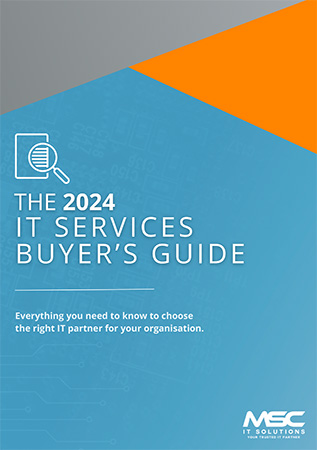

How confident are you that every person in your business only has access to the data they actually need? For many organisations, the answer is not very. Research shows that around half of employees have access to far more information than their role requires. That creates unnecessary risk, not only from deliberate misuse but from simple mistakes that can lead to data breaches, compliance issues and financial loss.
This problem is known as insider risk. It refers to threats that come from within the organisation, whether intentional or accidental. While some incidents involve deliberate data theft, far more are caused by human error. A common example is “privilege creep”, where staff gradually accumulate access over time as they change roles or take on new responsibilities. Without regular reviews, this access is rarely revoked, and former employees often retain system permissions long after leaving.
The most effective defence is a principle called least privilege. It ensures every user has only the minimum access needed to perform their job. Permissions should be reviewed regularly and removed immediately when someone leaves. In some cases, temporary or “just in time” access is appropriate, where additional permissions are granted only for specific tasks and then automatically withdrawn.
Managing this has become more complex with the rise of cloud platforms, AI tools and unauthorised “shadow IT”, where staff use unapproved software. Even so, the right policies and automated tools can make access management far more secure without slowing teams down. Regular audits and proactive monitoring protect both data and reputation. Businesses that take insider risk seriously now will be in a far stronger position to prevent costly breaches later.
To Find Out More Book Your Appointment Here
If you'd like to know more or want to book a no-obligation 10-minute call with our Managing Director and cybersecurity expert, Mark Cronin, click the link below:



